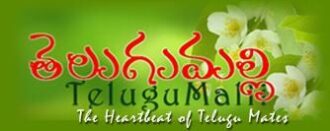As traditions go, Halloween is a custom celebrated worldwide in a variety of ways. The current western trend of trick-or-treating and dressing up has its origins in Ireland 2000 years ago when the dead were supposed to rise on Samhain Day (later renamed Halloween during the 8th century AD) and food was offered to keep them at bay. As it evolved, people started dressing up and accepting food and drink in exchange for telling jokes, reciting poetry or singing. This tradition was eventually merged with Halloween to become its modern day family friendly holiday.
In Latin America, Spain and Mexico ‘All Soul’s Day’ is commemorated with a three day celebration beginning from October 31st to November 2nd to honour the dead. The people believe that the souls who have passed on return to their homes and altars are constructed with photographs, treats, the deceased’s favourite foods and drinks. Their graves are also cleaned and decorated aptly.
In Slovakia and the Czech Republic, chairs are placed by the fireside on Halloween night with one each for living family members and for the deceased. In Hong Kong, they celebrate “Yue Lan” or the Festival of the Hungry Ghosts during which time spirits are believed to roam the earth for 24 hours. Some people burn images of photos, fruit and money believing this will reach the ghosts in the spirit world and bring comfort to them.
In Ireland where the traditions began, Halloween is welcomed with bonfires, games and Barmbrack which is a fruitcake that contains coins, buttons and rings. Fortunetelling is also a large part of Halloween tradition in Ireland. If a young woman receives a ring in her food such as Barmbrack, it is said that she will be married by the next Halloween.
